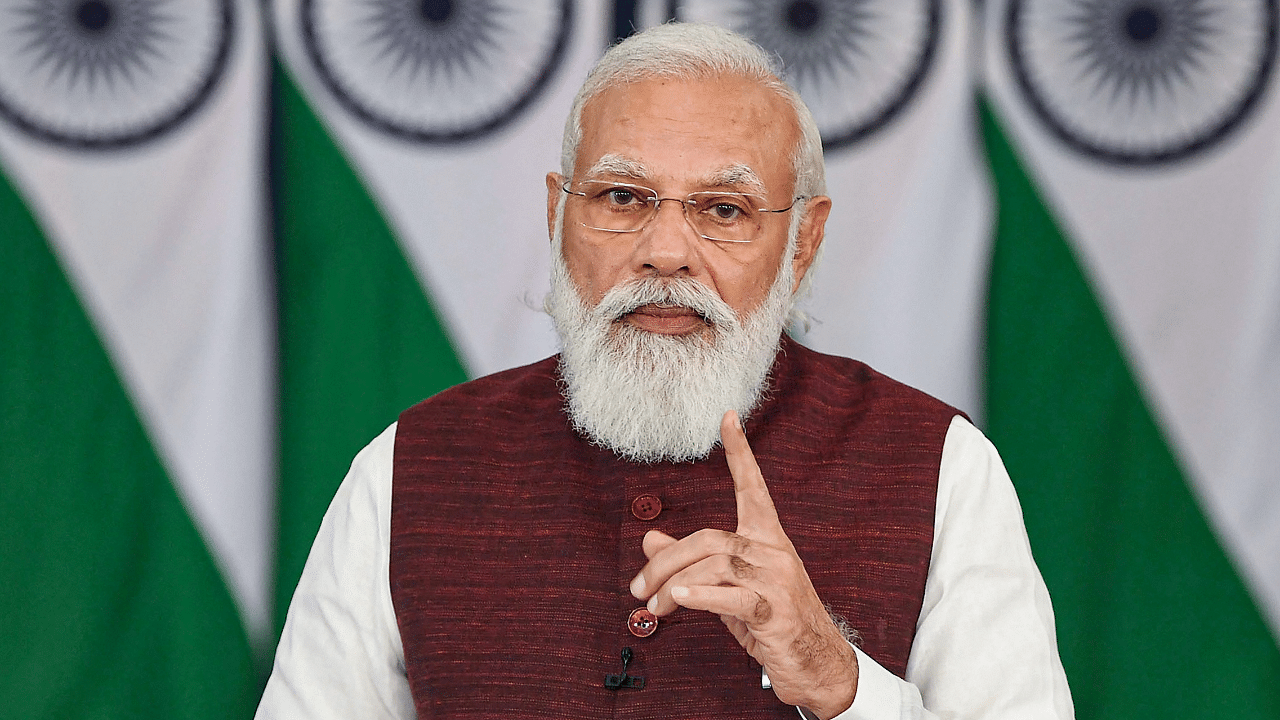
By Andy Mukherjee
Now that Prime Minister Narendra Modi has sacrificed his poorly designed makeover of India’s farms at the altar of electoral math, there will perhaps be no fresh attempt at reform for a decade. That’s a shame for urbanisation.
Agriculture in the second-most-populous nation suffers from many infirmities: Unlike the Japanese rulers of Taiwan in the first half of the 20th century, Britain’s colonial government in India didn’t give tenants secure rights, dooming post-independence land reforms. Holdings are fragmented and uneconomical; crop diversification beyond rice and wheat is poor; subsidies abound but public investment is paltry.
With the 1960s spurt from high-yielding seeds having run its course, farming in India badly needs a fresh productivity boost. As long as 43% of the workforce remains stuck in agriculture to eke out a living, the labor that would power industrialisation won’t get released. The household capital that would drive urban growth can’t form in a subsistence economy where cultivation gets the average farmer 27 rupees ($0.36) a day.
The question is, what will deliver this productivity boost — markets or organisations?
Team Modi believed that opening up markets — by allowing farmers to sell produce outside of designated “mandi” yards — held the answer. Farmers, who set out on a bitter, yearlong struggle against Modi’s farm laws, thought otherwise: They feared that with the yards falling into disuse, state procurement of food grain at assured prices would wither away. Modi’s reforms promised long-term purchase contracts with private buyers. That also raised suspicions of exploitation by big business groups as disputes wouldn’t be adjudicated in a civil court but settled by officials.
Skeptical of the assurance that the new deal would improve their overall position, farmers dug in their heels. In January, India’s Supreme Court stayed implementation of the three farm laws, yet the protests didn’t let up.
Uttar Pradesh and Punjab, two states at the forefront of the farmers’ agitation, will go to polls next year. With no end to the impasse in sight, Modi ran out of will to defend his reforms. The entire package has been unceremoniously scrapped. While the capitulation would no doubt dent the prime minister’s strongman image and disappoint his backers, it also shows that a more organisational approach to reforms might have had a better chance than a blind devotion to markets.
Replicating the success India has had with Amul, a $5 billion dairy cooperative, might do more for prosperity than telling farmers they can sell to whomever they wish. Who’s there to buy except for the government and a few large traders? Someone needs to invest in transport, warehousing, processing, distribution — and, like in Amul’s case — brand-building. The collective, with a little help from New Delhi, was able to coax Nestle SA to share its chocolate-making technology in the 1960s, when India didn’t even have a mass market for the sweets. It does now. Policies that help producers’ organisations capture more of the farm-to-fork value chain would mean better prices for farmers.
At the same time, prices will be affordable to an urban working-class routinely subjected to food inflation shocks. This year’s surge in edible oil prices holds a lesson. Traders bringing in Indonesian palm oil and refining it have made a killing, but farmers who could take the price signal to boost supply of indigenous cold-pressed filtered oils like groundnut or mustard are reluctant to increase acreage. They don’t know if policymakers are content leaving 1.4 billion Indians hooked to a foreign cooking medium — or more bizarre still, if they don’t mind destroying pristine forests in India’s northeast with palm plantations just because a politically connected Yoga guru thinks it’s an excellent idea.
The choice is between good organisations and bad. In producing sugar from sugarcane, India exports scarce water at throwaway prices. But the powerful cooperatives that control the industry have their vested interests. Ditto in Punjab, where wealthy “arhatiyas” who aggregate produce from individual farmers, have a huge stake in the status quo and the commission income it brings them. This means Punjab must keep producing rice, even though the water-guzzling crop is a wrong choice for the state. The burning of paddy stubs as farmers prepare their fields for wheat contributes to the poisonous winter air of New Delhi, the capital.
The government has to strike a new bargain in which more than $100 billion in annual subsidies for food, farming and village unemployment are slowly replaced by a basic income, empowered farmers’ collectives and robust public infrastructure, such as more efficient, less corrupt mandi yards. To think that the power of markets, unleashed by three laws, will magically solve this complex political-economy problem demonstrates naivety. In forcing his package down the throat of farmers — and then beating a retreat — Modi has made it impossible for better-conceived reforms to have a chance.
That will delay the moment that arrived in England in the mid-19th country and in East Asia 100 years later, when the share of farmers in the workforce declined to less than a third, and urban concerns began to trump rural interests. India’s sclerotic farm economy sends desperate, landless poor to cities when it should be the bedrock of a more secure and permanent urban proletariat, one that can cast aside the rigid mores of village life — including the pernicious caste system — and make the society more progressive. That’s the ultimate tragedy.